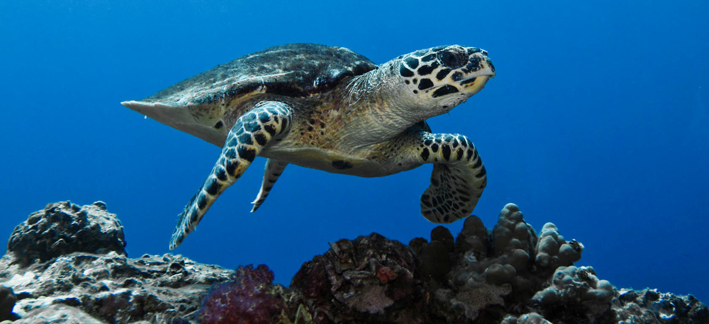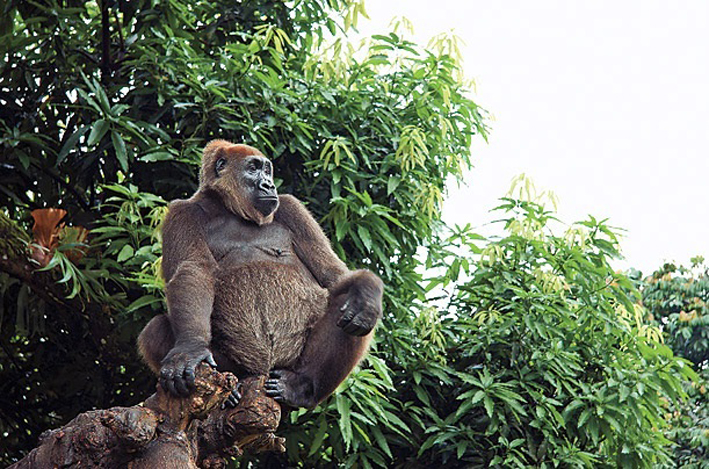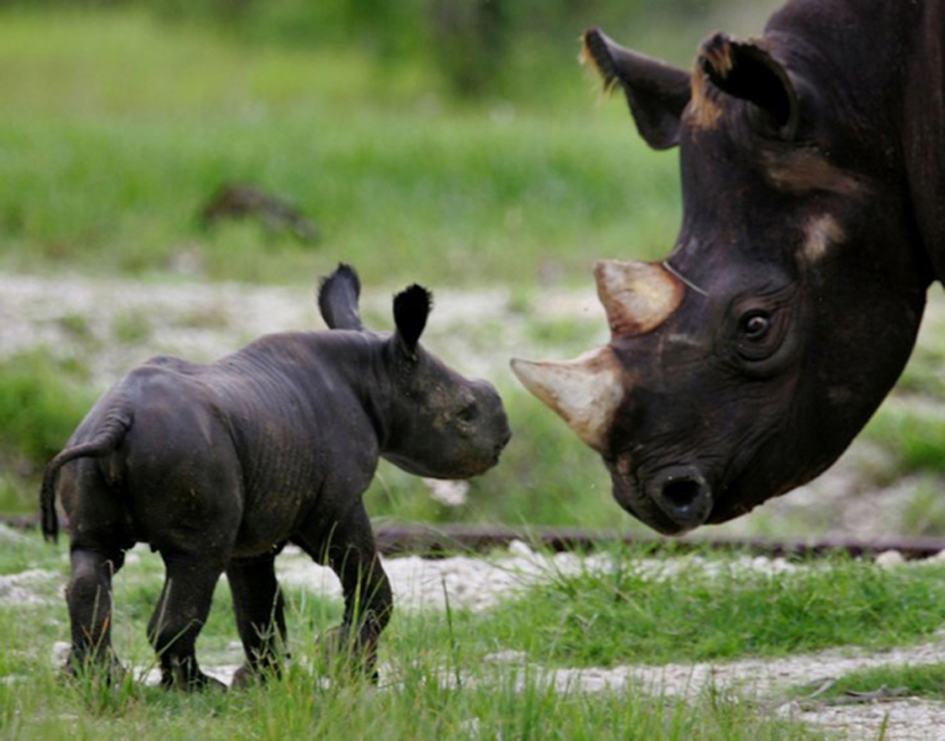

08/07/2016
As of 2014, there are 2,464 animals and 2,104 plants that have been labelled “critically endangered”; therefore face a high risk of extinction in the wild. The figures have more than doubled since 1998, when the levels were 854 and 909, respectively.
United Nations Secretary General Ban Ki-moon said “Illegal trade in wildlife has become a sophisticated transnational form of crime, comparable to other pernicious examples, such as trafficking of drugs, humans, counterfeit items and oil. It is driven by rising demand, and often facilitated by corruption and weak governance. There is strong evidence of the increased involvement of organised crime networks and non-Stated armed groups. Getting serious about wildlife crime means enrolling the support of all sections of society involved in the production and consumption of wildlife products widely used as medicines, food, building materials, furniture, cosmetics, clothing and accessories”.
Five of the most critically endangered animals around the world are pointed out in the following.
Amur leopard
Amur leopard known as the Far Eastern Leopard is the world’s rarest cat with the population of around 57 in Russia and 12 in adjacent areas of China because they are threatened by poaching, encroaching civilisation, new roads and the exploitation of forests.
 |
| Amur leopards are critically endangered by poaching, deforestation and encroaching civilisation |
In the Russian Far East, Amur leopards have adapted to life in the temperate forests making the northern-most parts of the species’ range. Their instincts are solitary, strong and nimble, with the reported leaping ability of more than 19ft horizontally and 10ft vertically. According to wildlife experts, some male Amur leopards stay with females after mating and even help rear cubs.
Hawksbill turtle
The Hawksbill is a critically endangered sea turtle found in the tropical reefs of the Indian, Pacific and Atlantic Oceans. The turtles have a distinctive pattern of overlapping scales on their shells making them highly valuable and commonly sold as “tortoiseshell” in markets.
 |
Hawkbills use their narrow, pointed beaks to pick sponges as a main food from a reef, as well as jellyfish and sea anemones. The ancient creatures are 100 million years old and a fundamental link in marine ecosystems, to help maintain the health of coral reefs and sea grass beds.
A Hawksbill sea turtle is swimming in Lady Elliot Island, Australia
Cross river gorilla
It is estimated that there are only around 200 - 300 of these gorillas left in the wild, scattered in around 11 groups across the forests and rainforests of Cameroon and Nigeria.
 |
The subspecies is aesthetically similar to the more numerous western lowland gorilla but vary in terms of skull structure. Cross River gorillas live in a region with a high population of humans encroaching on their territory by deforestation for agricultural activities. Poaching also occurs in forests, with devastating consequences for the animals.
Javan rhino
There are 35 Javan rhinos surviving in Ujung Kulon NP in Java, Indonesia. The last Javan rhino in Viet Nam was poached in 2010. Once the most widespread of Asian rhinoceroses, the Sunda rhino, ranged from the islands of Java and Sumatra into India and China, but populations were destroyed by poaching – primarily for their horns highly valued in traditional Chinese medicines.
As European presented increasingly in their range, accomplied with trophy hunting also posing a threat to the animals, as habitat loss as a result of the Viet Nam war. The remaining Javan rhinos live in a nationally protected area, however, they are still at risk from poachers, disease and loss of genetic diversity, which leads to inbreeding depression.
Black rhino
There are just 5,055 black rhinos left in the wild in Kenya, Namibia, South Africa, Swaziland, Tanzania, Zimbabwe, Zambia, Botswana and Malawi. During the 19th century, as European influence over land use and trade strengthened, the black rhino was hunted relentlessly.
 |
|
A baby black rhino stays close to her mother at the Metrozoo in Miami |
The populations now much smaller than those of 65,000 individuals left by 1970 due to the continuance of poaching. The demand of rhino horn in Chinese medicines led to a 96% decline in black rhino numbers between 1970 and 1991. Black rhinos are solitary animals in the wild, known for their shy yet territorially aggressive behaviour in comparison to African white rhinos.
HD (CMS Source)